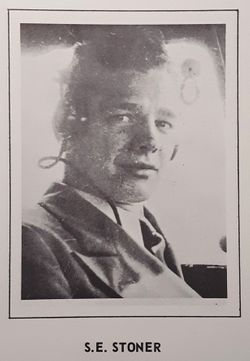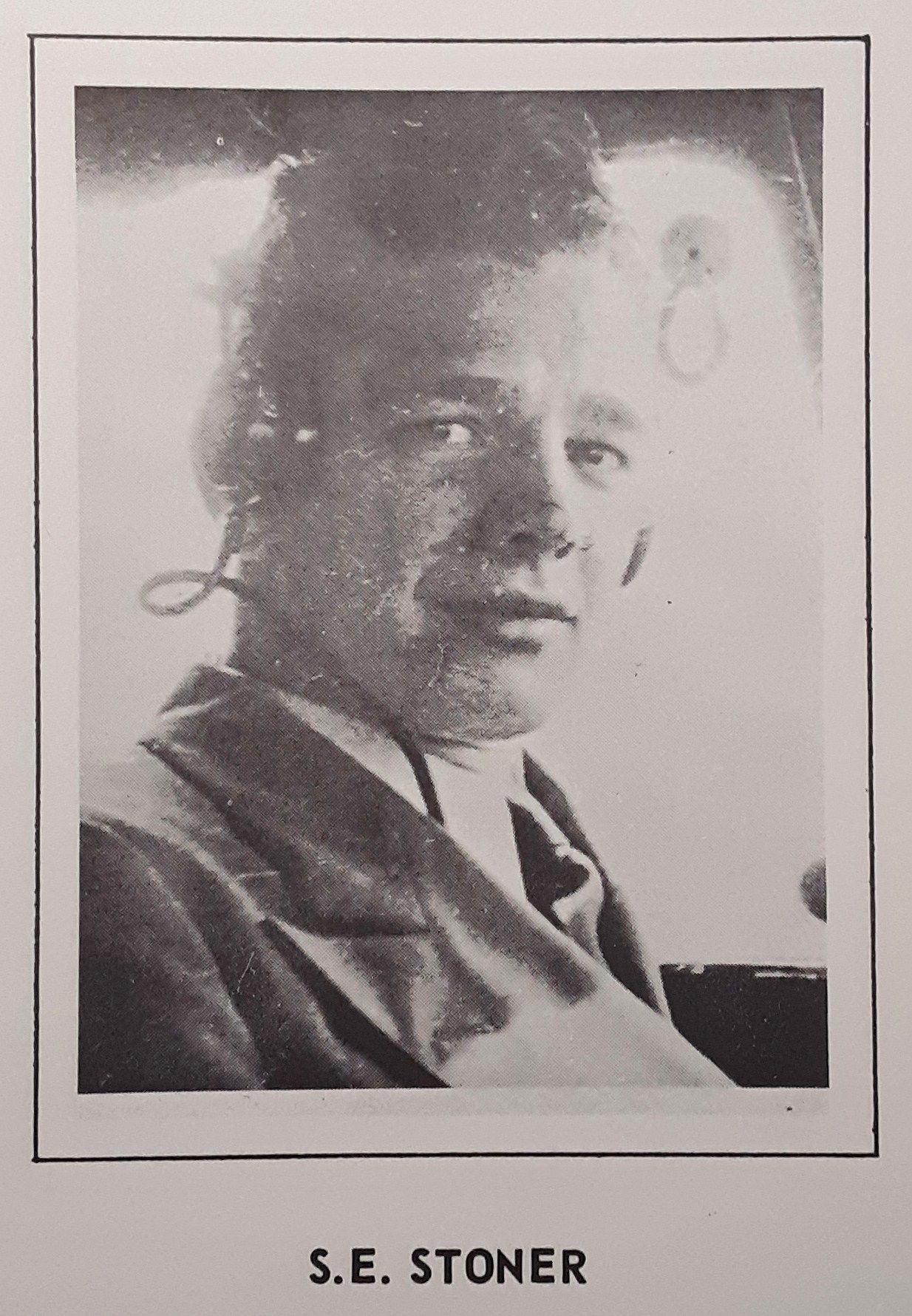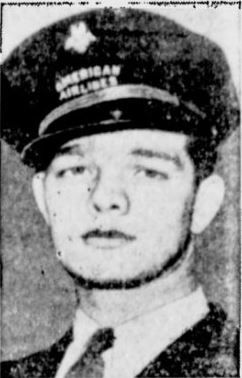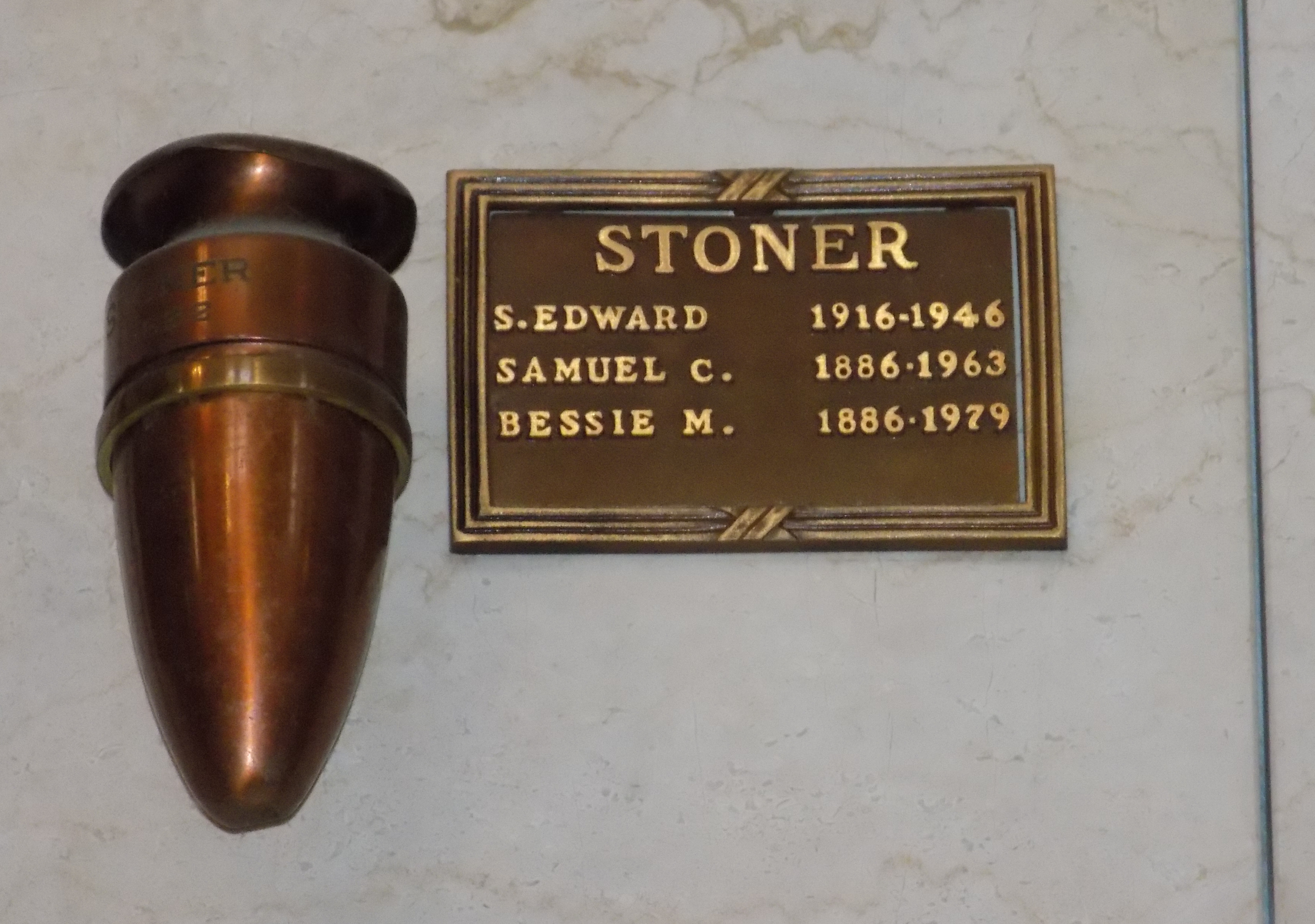On the early morning of March 3rd 1946, he was piloting DC-3 'Flagship Baltimore' (NC21799) on Flight 6-103, the continuation of scheduled "Southerner" service (New York – Nashville – Dallas – El Paso – Tucson – San Diego) by American Airlines, with crew changes in Nashville and El Paso. Captain Stoner boarded in El Paso and departed at 3:25am, arriving in Tucson at 5:37am. Twenty-two minutes later, the flight departed Tucson and made routine position reports along the route of flight over Casa Grande, Gila Bend and Yuma. At 7:54am the American Station at San Diego transmitted the weather report for the airport: indefinite overcast cloud deck at 1200 ft, visibility 8 miles. This weather information was acknowledged by flight 6-103 and immediately thereafter the flight reported it was over El Centro at 8000 ft. Los Angeles airway traffic control cleared the flight to San Diego at 8,000 ft and to cross San Diego at an altitude of at least 500 ft above the overcast layer. The American station attempted to relay this information to the flight, yet all further attempts to contact the plate were unsuccessful. Search procedures were initiated immediately and the wreckage was found about 1:00 p.m. The DC-3 crashed into Thing Mountain in the Laguna Mountain range, just east of San Diego, killing all 27 on board, including two infants and crew of three. Twelve passengers were WWII veterans, some returning home. One young mother was bringing her 2-month-old son to a Naval Air Base in Hawaii to meet his father for the the first time.
It was theorized the pilots were attempting to descend from El Centro while en mute to San Diego in accordance with "Contact Flight Rules" (visual contact with the ground). The terrain in the vicinity of Thing Mountain rises very steeply and the ceilings at the tine of the accident were lowering rapidly. The probable cause of this accident was "the action of the pilots in descending or permitting a descent to be made, into instrument conditions to an altitude below that required to maintain terrain clearance. The reason for the descent has not been determined." (Ironically, nine months later under similar conditions a United DC-3 crashed a mile away.) At the time, the crash of 6-103 was the deadliest airplane disaster in history. After rescue crews left the scene, nobody could find the site again for decades. In 2015, retired airline pilot and wreck hunter David Lane found it and called into question the official accident report findings as the impact site was 8 miles off course, thus believes some sort of navigational issue played a role.
On the early morning of March 3rd 1946, he was piloting DC-3 'Flagship Baltimore' (NC21799) on Flight 6-103, the continuation of scheduled "Southerner" service (New York – Nashville – Dallas – El Paso – Tucson – San Diego) by American Airlines, with crew changes in Nashville and El Paso. Captain Stoner boarded in El Paso and departed at 3:25am, arriving in Tucson at 5:37am. Twenty-two minutes later, the flight departed Tucson and made routine position reports along the route of flight over Casa Grande, Gila Bend and Yuma. At 7:54am the American Station at San Diego transmitted the weather report for the airport: indefinite overcast cloud deck at 1200 ft, visibility 8 miles. This weather information was acknowledged by flight 6-103 and immediately thereafter the flight reported it was over El Centro at 8000 ft. Los Angeles airway traffic control cleared the flight to San Diego at 8,000 ft and to cross San Diego at an altitude of at least 500 ft above the overcast layer. The American station attempted to relay this information to the flight, yet all further attempts to contact the plate were unsuccessful. Search procedures were initiated immediately and the wreckage was found about 1:00 p.m. The DC-3 crashed into Thing Mountain in the Laguna Mountain range, just east of San Diego, killing all 27 on board, including two infants and crew of three. Twelve passengers were WWII veterans, some returning home. One young mother was bringing her 2-month-old son to a Naval Air Base in Hawaii to meet his father for the the first time.
It was theorized the pilots were attempting to descend from El Centro while en mute to San Diego in accordance with "Contact Flight Rules" (visual contact with the ground). The terrain in the vicinity of Thing Mountain rises very steeply and the ceilings at the tine of the accident were lowering rapidly. The probable cause of this accident was "the action of the pilots in descending or permitting a descent to be made, into instrument conditions to an altitude below that required to maintain terrain clearance. The reason for the descent has not been determined." (Ironically, nine months later under similar conditions a United DC-3 crashed a mile away.) At the time, the crash of 6-103 was the deadliest airplane disaster in history. After rescue crews left the scene, nobody could find the site again for decades. In 2015, retired airline pilot and wreck hunter David Lane found it and called into question the official accident report findings as the impact site was 8 miles off course, thus believes some sort of navigational issue played a role.
Family Members
Sponsored by Ancestry
Advertisement
Advertisement






